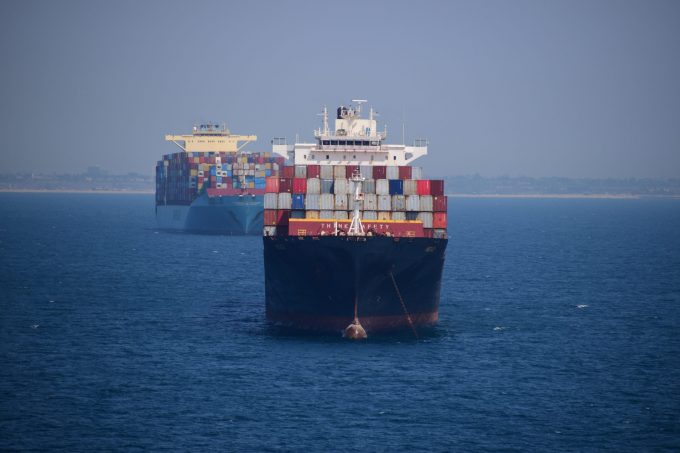'Lumpy' capacity on services to European ports could see congestion worsen
Fluctuating weekly capacity sailing into North European ports could be exacerbating their congestion problems, according ...

Amidst a mixed demand picture on the world’s largest container shipping lanes, shippers are likely to continue to be beset with surging supply chain costs due to the combination of port congestion and poor schedule reliability.
Container Trade Statistics’ April demand data showed that global demand ...

Comment on this article